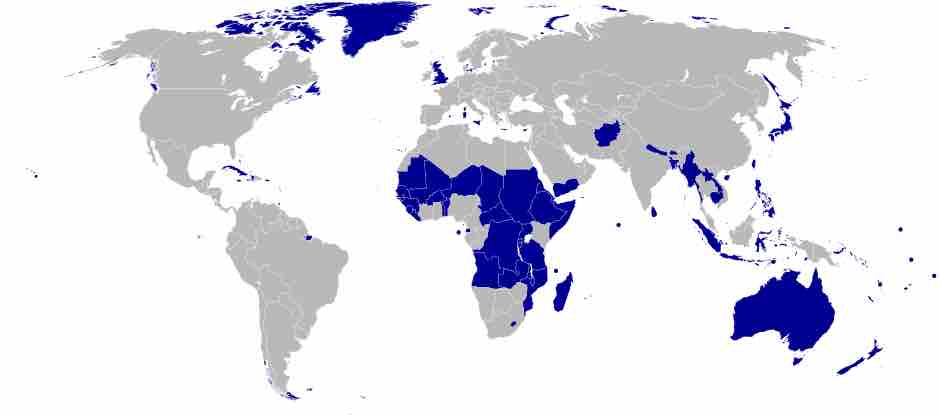In contrast to industrialized and industrializing countries, the world's least industrialized countries exhibit extremely poor economic growth and have the lowest Human Development Index (HDI) measures in the world. HDI is the measure of development that is used by the United Nations. HDI considers a country's per capita gross domestic product (GDP), per capita income, rate of literacy, life expectancy, basic infrastructure, and other factors affecting standard of living to determine how developed a country is. To be considered a least industrialized country, or least developed country (LDC) as they are commonly called, a country must have a small economy and low standards of living .

Map of GDP Per Capita (2008)
This map shows countries' gross domestic products (GDP) per capita. Countries in the 1–10,000 international dollar range roughly correspond to least industrialized countries.
Defining an LDC
By the United Nations' standards, a country must meet three specific criteria to be classified as an LDC:
- Low income (a three-year average gross national income of less that $905 USD per capita)
- Human resource weakness, based on indicators of nutrition, health, education, and literacy
- Economic vulnerability, based on instability of agricultural production, instability of exports of goods and services, and a high percentage of population displaced by natural disaster, for example.
The UN uses such specific standards for defining LDCs because the UN provides support and advocacy services to LDCs. Thus, the definition of LDCs is more rigid than the definition of developing/industrializing and developed/industrialized countries .

Map of Least Developed Countries
Least developed countries tend to be concentrated in areas with ongoing conflict, a high rate of natural distasters, or industries that are vulnerable to climate instability.
Characteristics
Not all LDCs are alike, but many characteristics are shared. For example, the majority of LDCs are located in Sub-Saharan Africa. LDCs in this region are particularly likely to have authoritarian governments such as dictatorships. Similarly, for many LDCs AIDS is a major issue, overwhelming unstable medical infrastructures. In all LDCs, populations have a low standard of living. People living in LDCs are unlikely to have consistent access to electricity, clean water, healthcare, education, and in many cases food and shelter.
The "Third World"
In the past, countries that are now labeled as LDCs were known as "third world" countries. Third world countries were undeveloped countries that were neither major players in the capitalist world market nor communist states under the USSR. Most current scholars consider the term "third world" to be outdated. Modern sociologists are more likely to describe the world's least industrialized nations as "peripheral," referring to their marginalized position in the world economy. Least industrialized nations are likely to be exploited by more developed nations for material and human resources, such as oil and cheap labor. They participate in the world economy, but do not greatly benefit from it. Least industrialized nations are at the bottom of a stratified global economic order, and play only a peripheral role in the international economy .